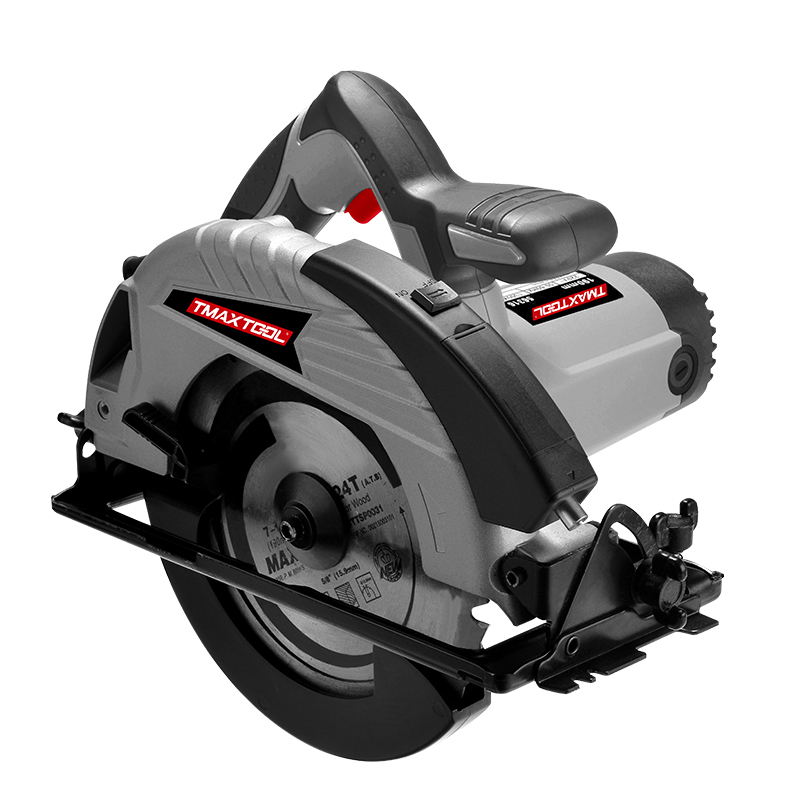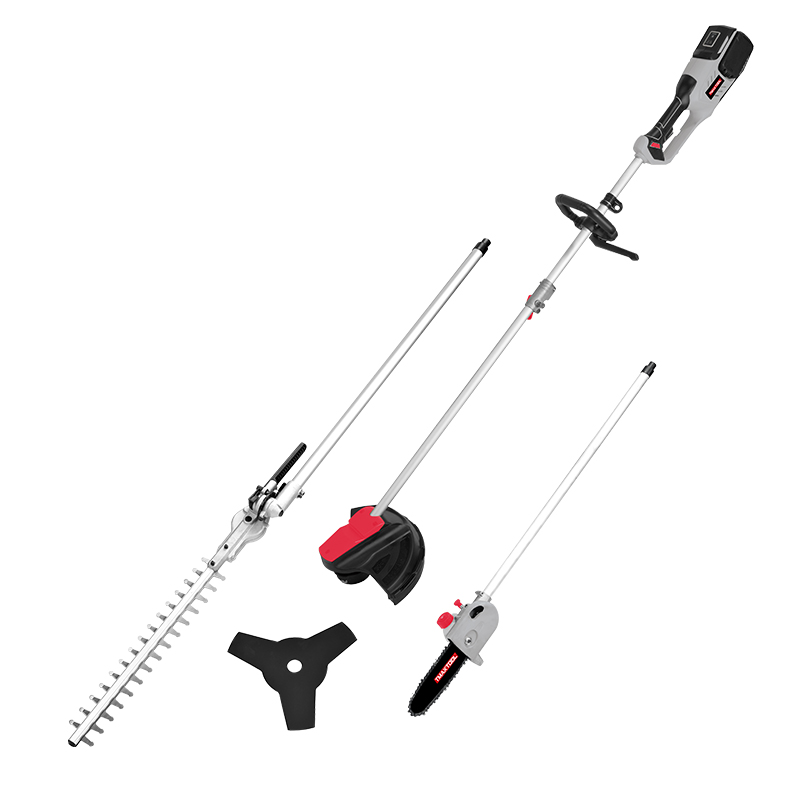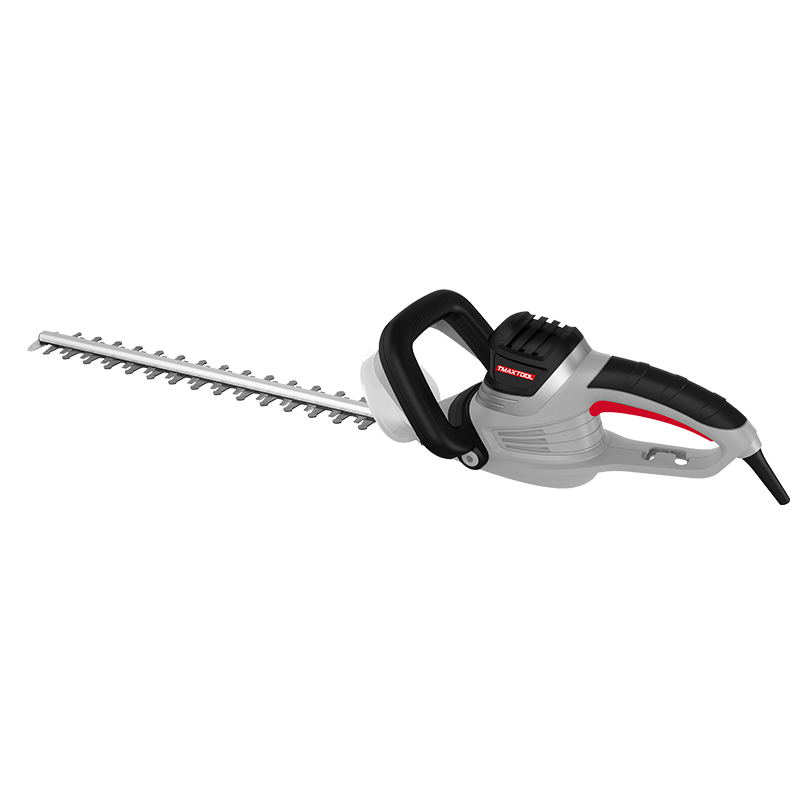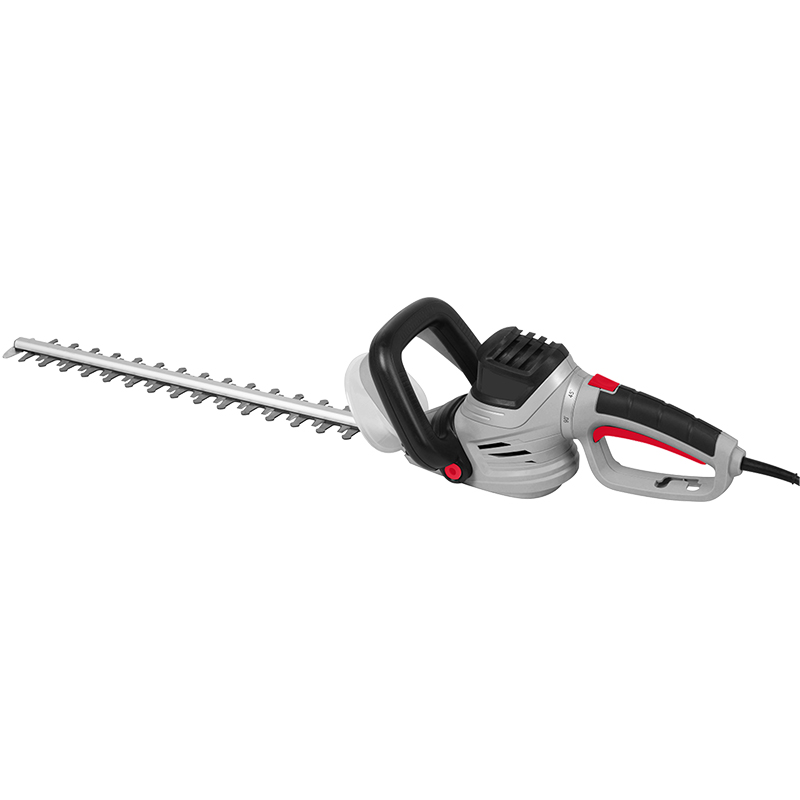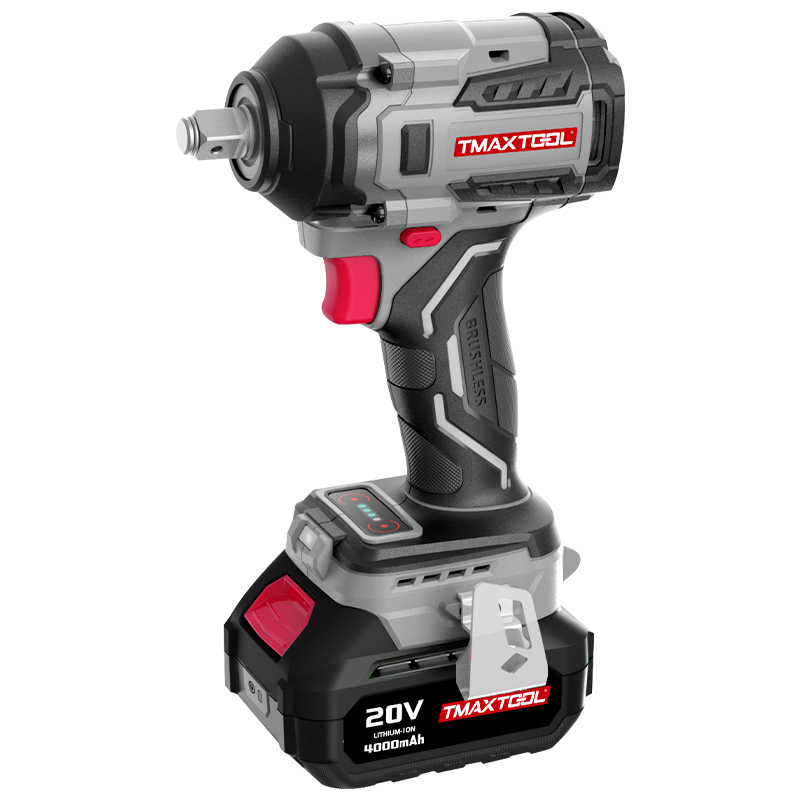850N.m Brushless Impact Wrench
product DETAILS
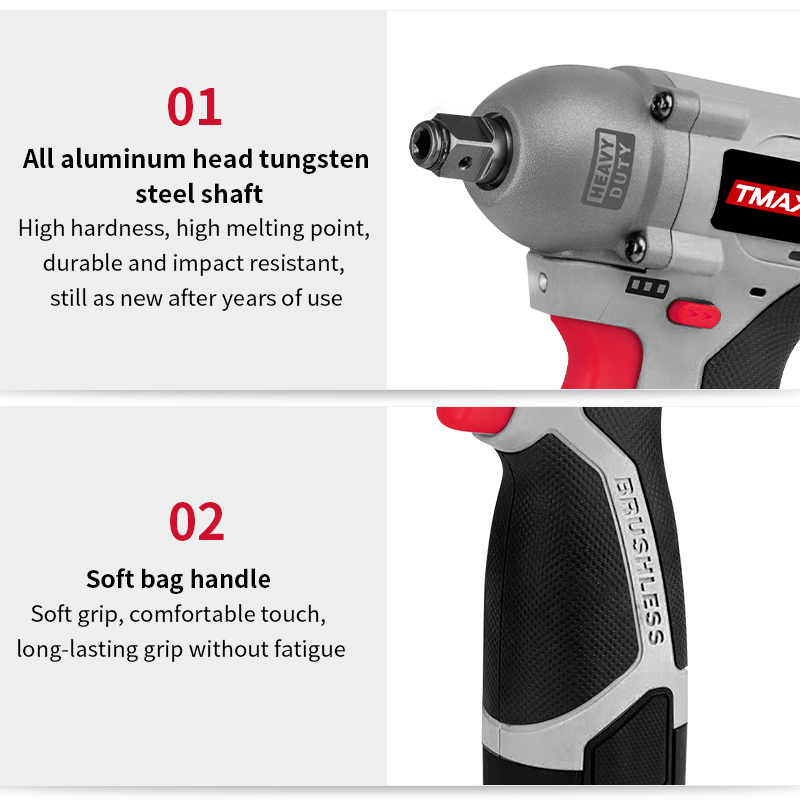
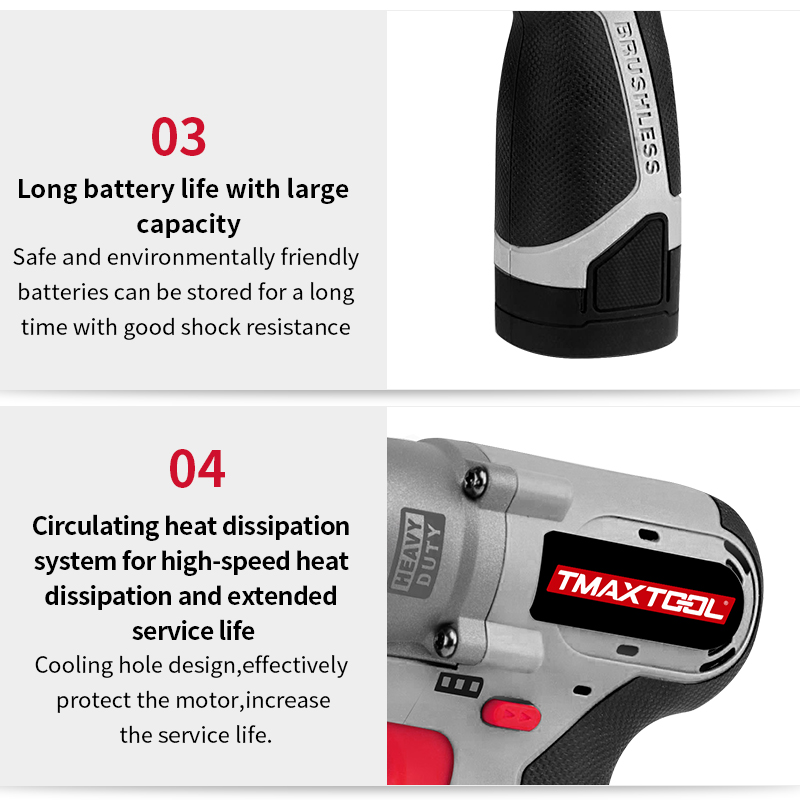
product description
An impact wrench and a screwdriver are both tools used for fastening, but they serve different purposes and function differently. Here are the key differences between them:
Impact Wrench
Purpose:
Primarily used for loosening or tightening nuts and bolts, especially in automotive and construction settings.
Mechanism:
Uses a hammering mechanism that delivers high-torque output through short, powerful bursts. This mechanism involves a rotating mass inside the tool that builds up energy and then releases it to the output shaft.
Power Source:
Typically powered by air (pneumatic impact wrenches), electricity (corded impact wrenches), or batteries (cordless impact wrenches).
Torque:
Delivers much higher torque compared to screwdrivers, making it suitable for heavy-duty applications.
Bit/Socket Compatibility:
Uses square drive sockets (commonly 1/2", 3/8", or 1/4" drives) rather than bits used in screwdrivers.
Usage:
Ideal for tasks requiring high torque, such as automotive repair, construction, and industrial applications. Not suitable for delicate tasks.
Screwdriver
Purpose:
Used for driving screws into materials such as wood, metal, or plastic. Common in assembly, household repairs, and woodworking.
Mechanism:
Operates by rotating the screw in or out of the material. Powered screwdrivers often have a motor that provides continuous rotation.
Power Source:
Can be manual (hand screwdrivers) or powered by electricity (corded or cordless electric screwdrivers) or batteries.
Torque:
Delivers lower torque compared to impact wrenches, making it suitable for light to medium-duty tasks.
Bit/Socket Compatibility:
Uses various bits (Phillips, flathead, Torx, etc.) that fit into a hexagonal socket on the tool.
Usage:
Ideal for tasks requiring precision and control, such as furniture assembly, electronic repairs, and light construction work.
Summary
Impact Wrench: High torque, uses sockets, suitable for heavy-duty tasks like automotive repair and construction.
Screwdriver: Lower torque, uses screw bits, suitable for precision tasks like assembly and household repairs.
Understanding these differences helps in selecting the right tool for the specific task at hand.

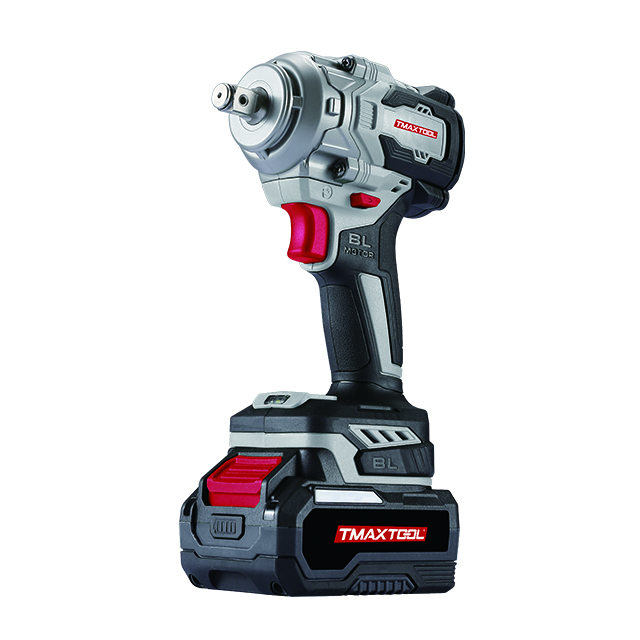 Impact Wrench
Impact Wrench
 Screwdriver
Screwdriver
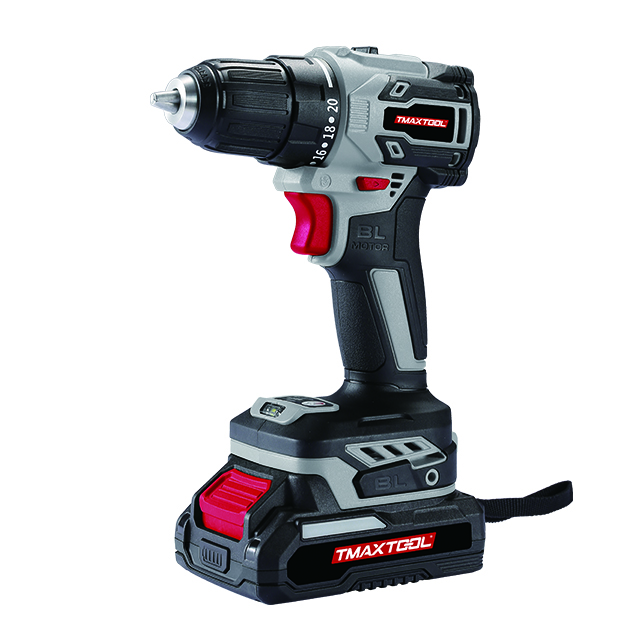 Cordless Drill
Cordless Drill
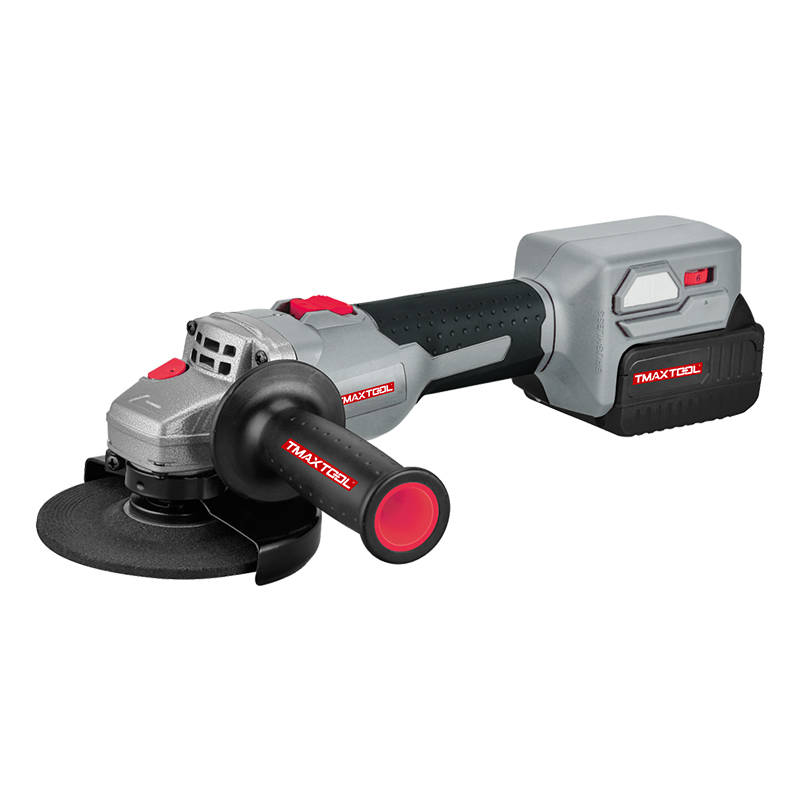 Angle Grinder
Angle Grinder
 Polisher
Polisher
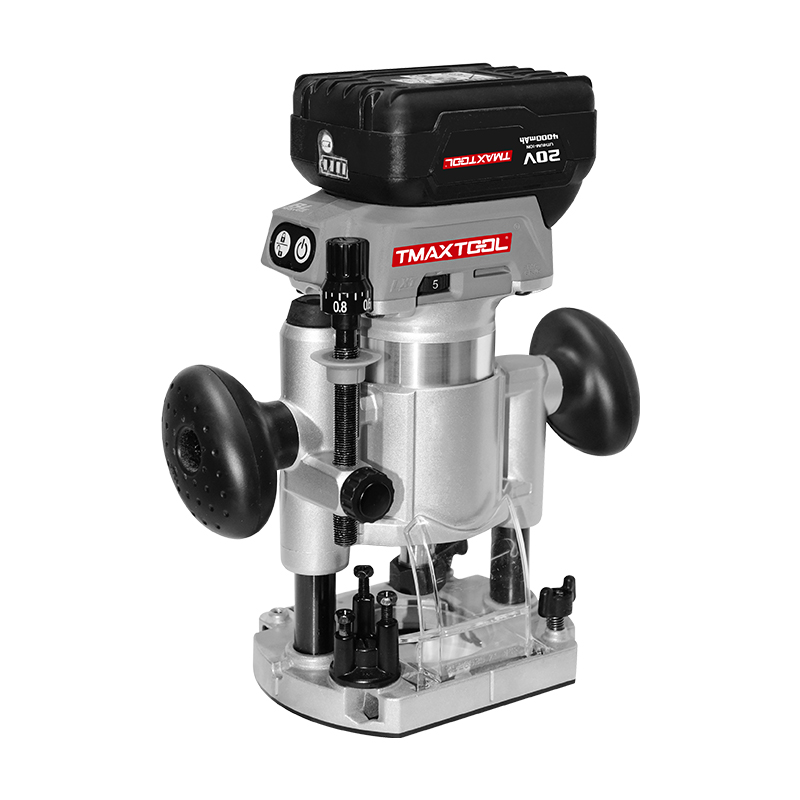 Wood Router
Wood Router
 Jig Saw
Jig Saw
 Hammer Drill
Hammer Drill
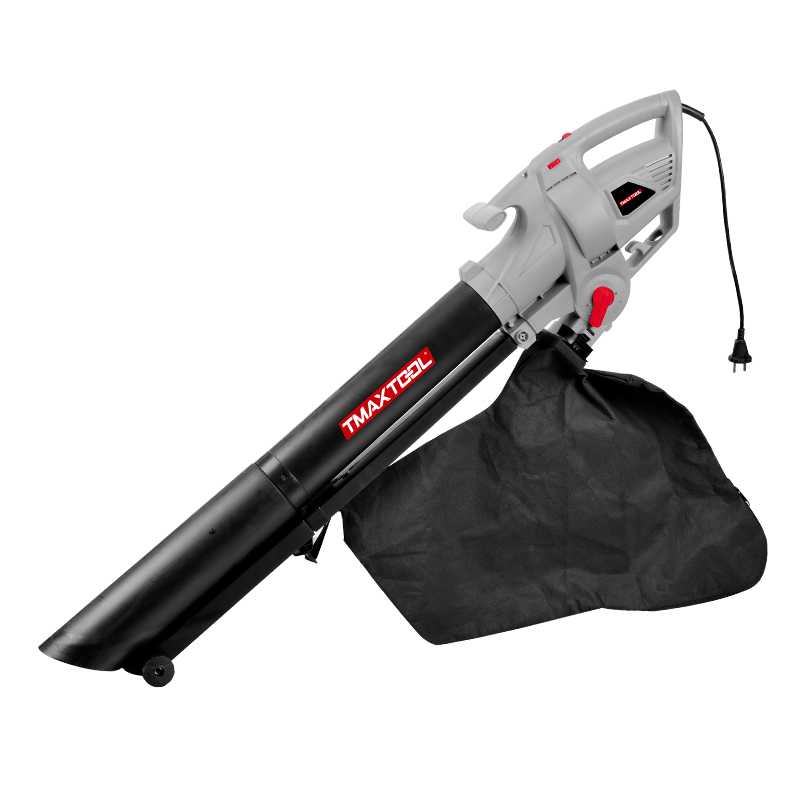 Portable Blower
Portable Blower
 Orbital Sander
Orbital Sander
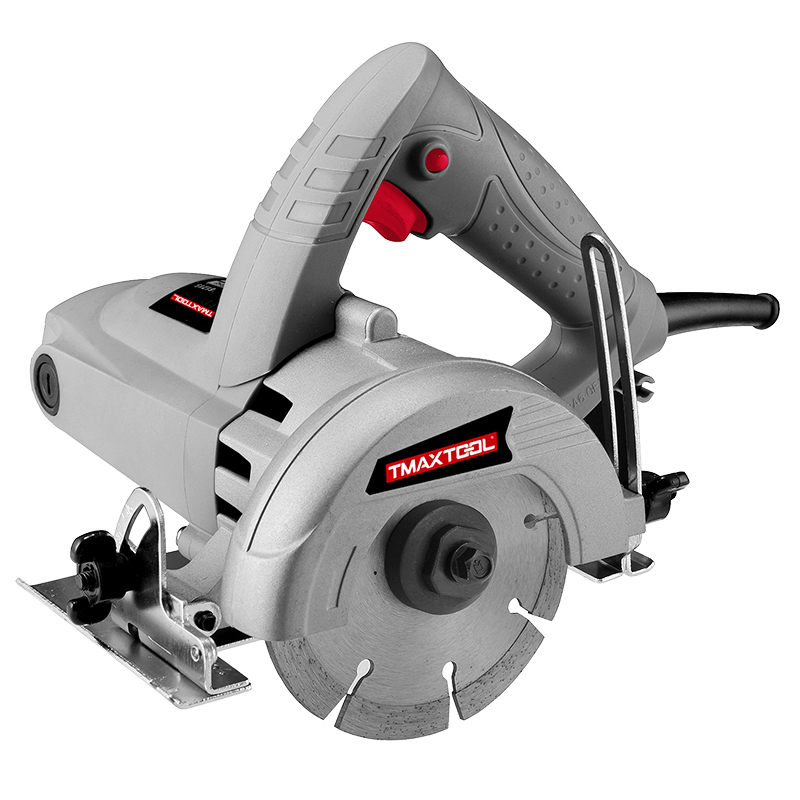 Marble Cutter
Marble Cutter
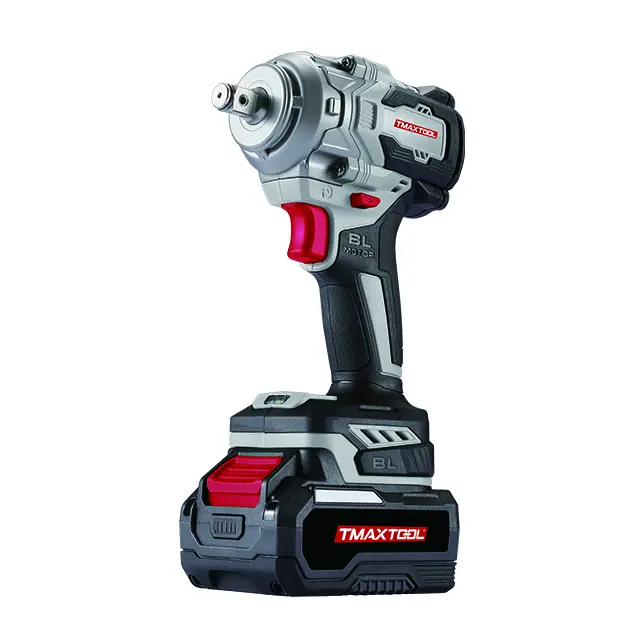 GARDEN TOOLS
GARDEN TOOLS
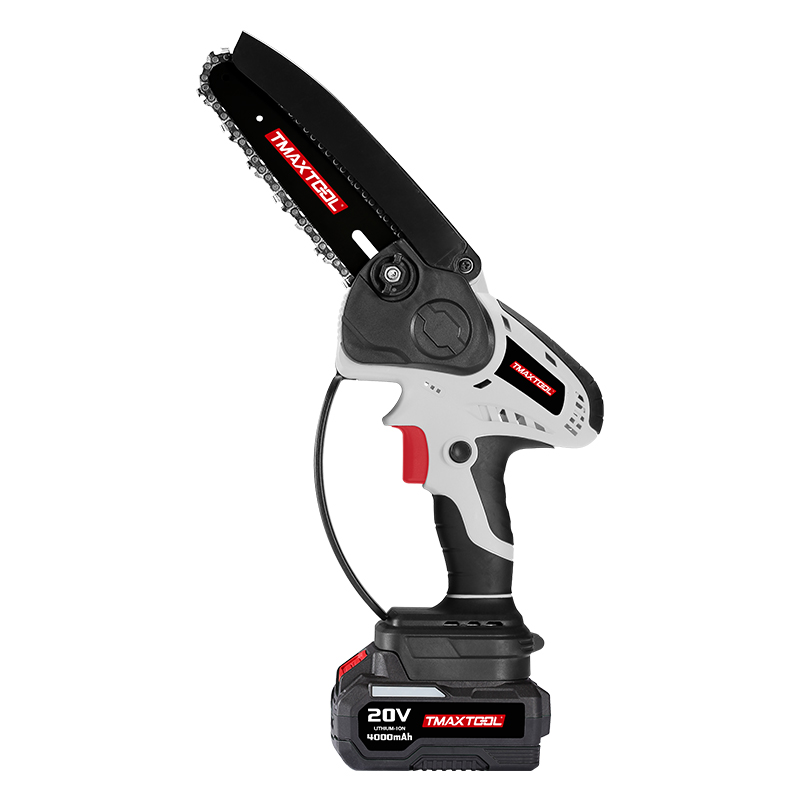 Battery Chain Saw
Battery Chain Saw
 Battery Brush Cutter
Battery Brush Cutter
 Battery Hedge Trimmer
Battery Hedge Trimmer
 Battery Multi Tool
Battery Multi Tool
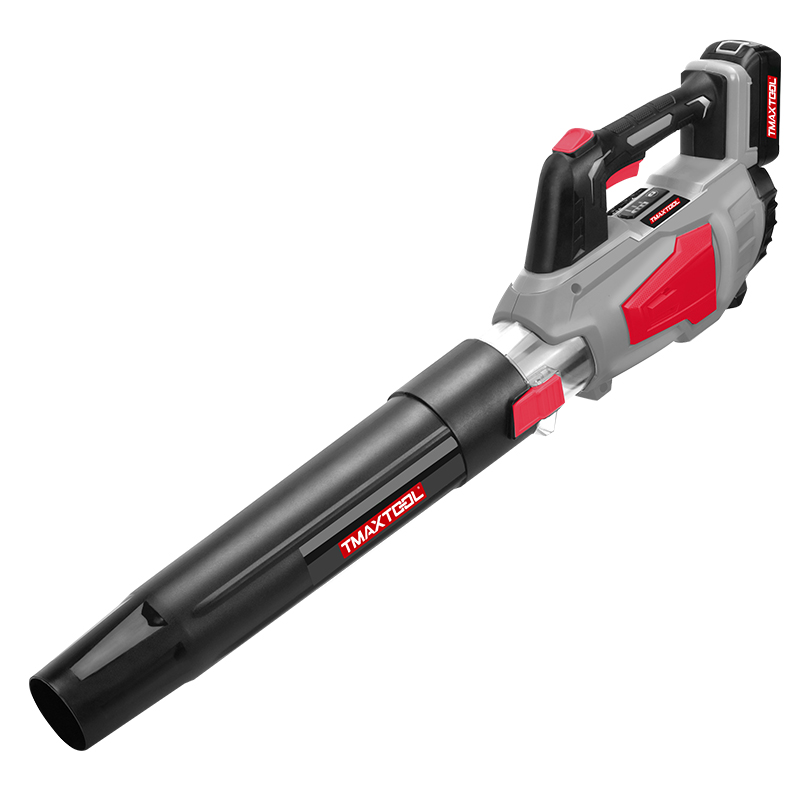 Battery Blower
Battery Blower
 Batter Pruning Shears
Batter Pruning Shears
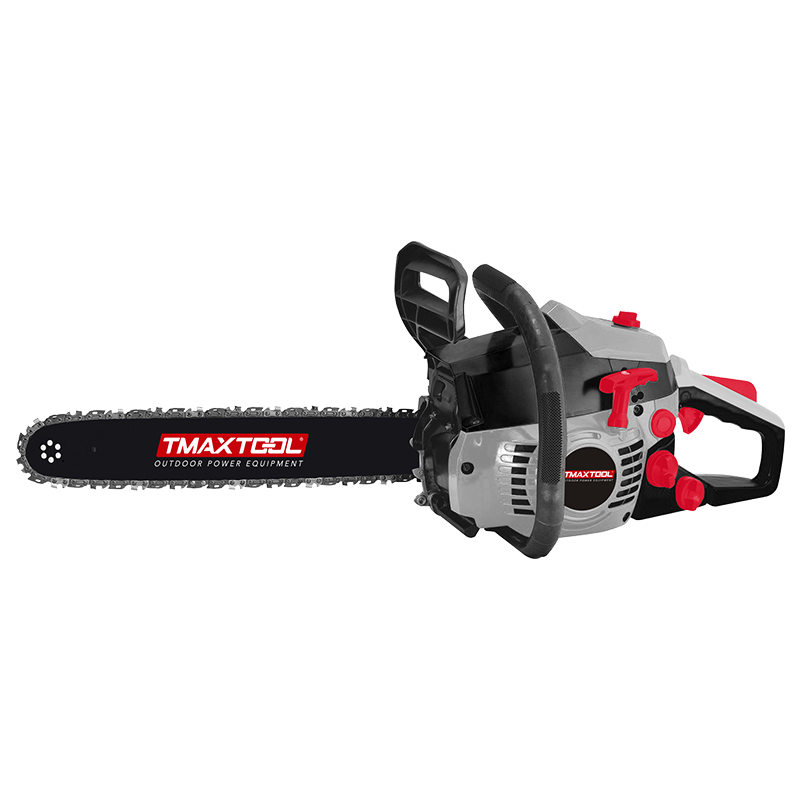 Chain Saw
Chain Saw
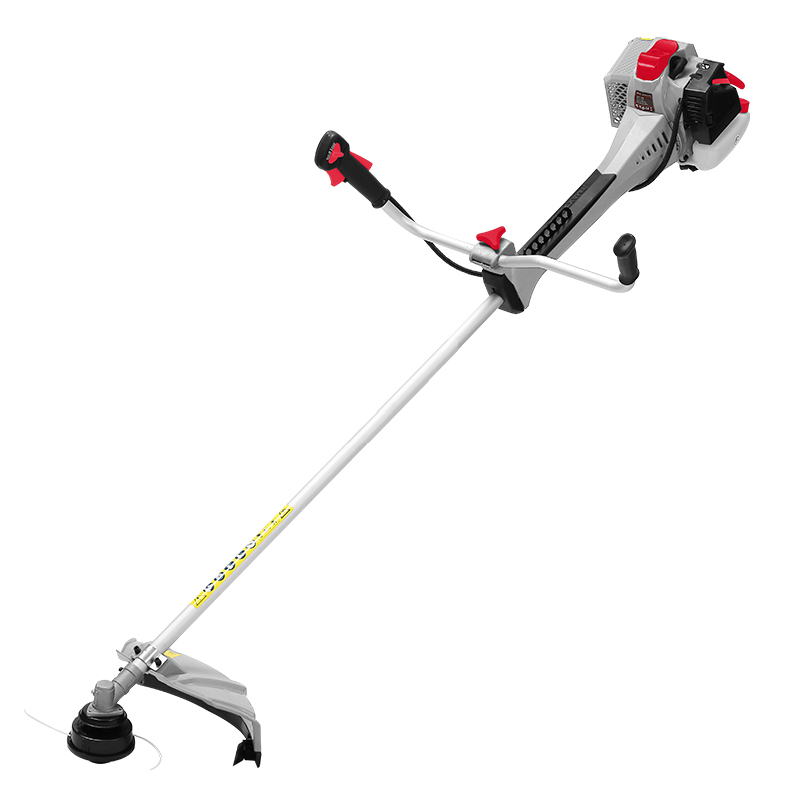 Brush Cutter
Brush Cutter
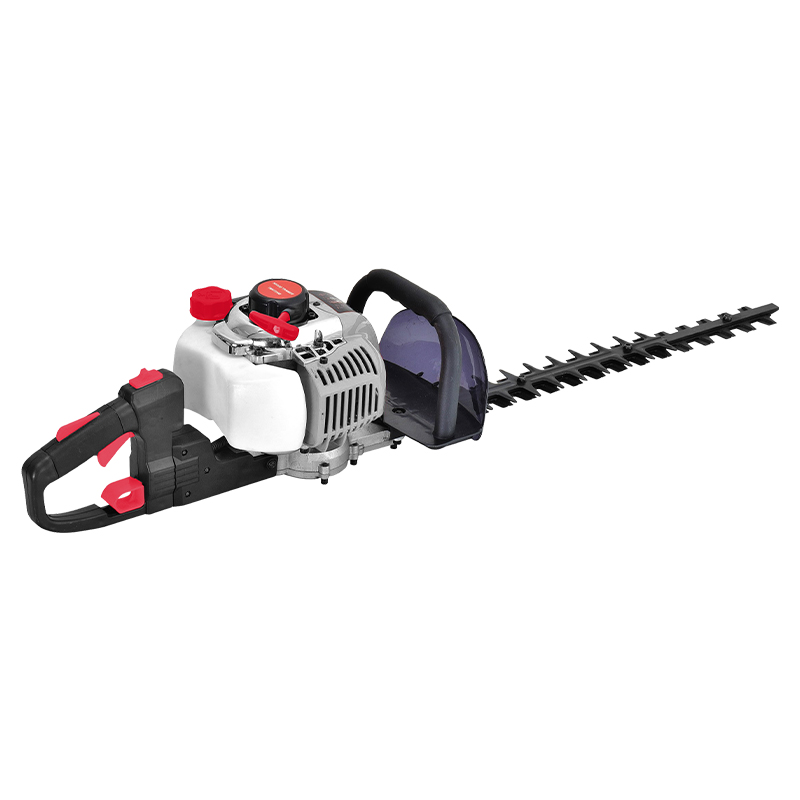 Hedge Trimmer
Hedge Trimmer
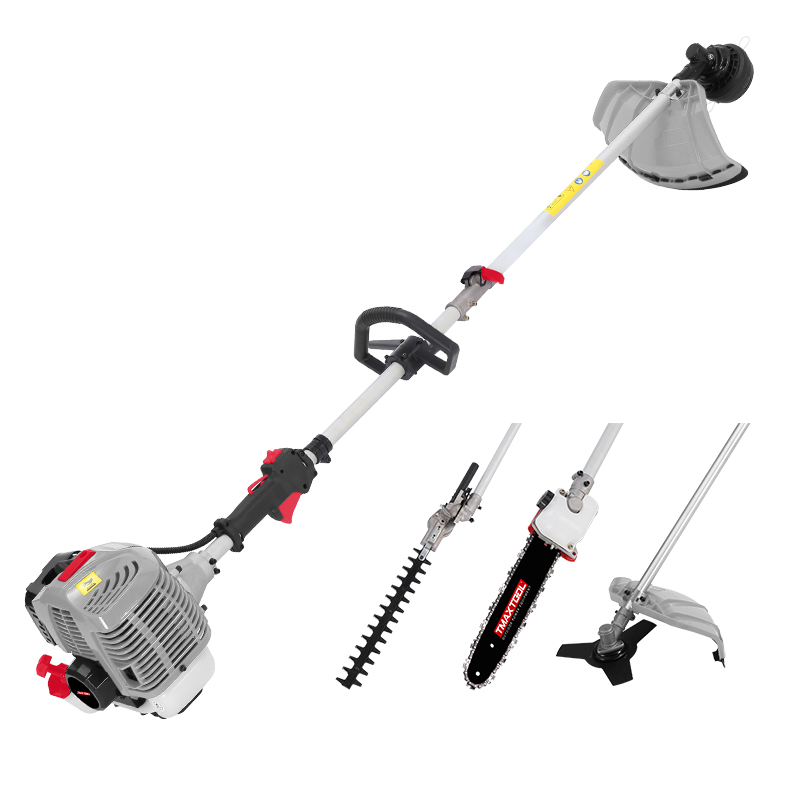 Multi Tool
Multi Tool
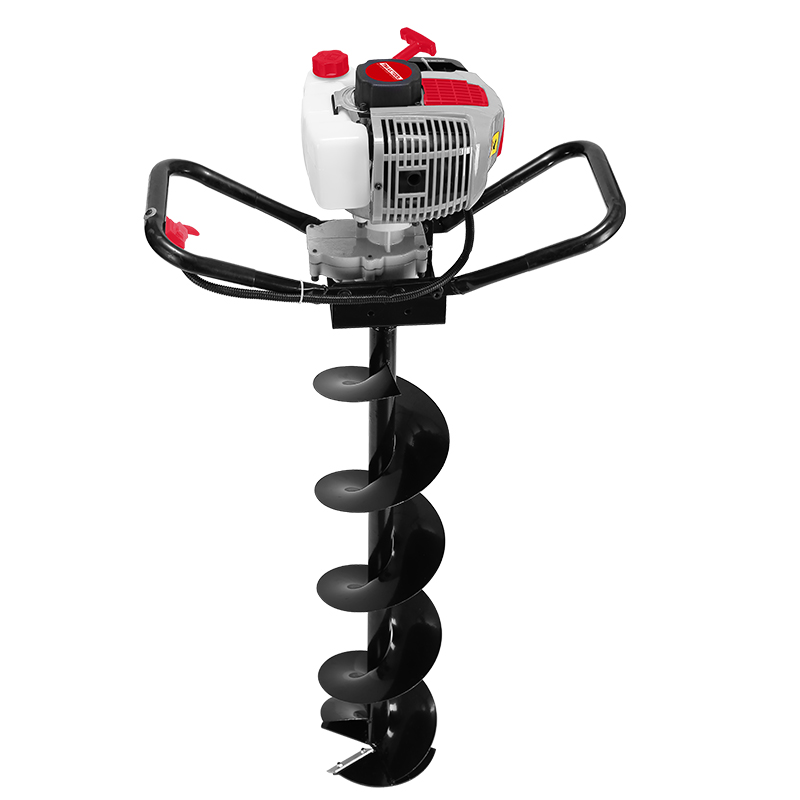 Earth Auger
Earth Auger
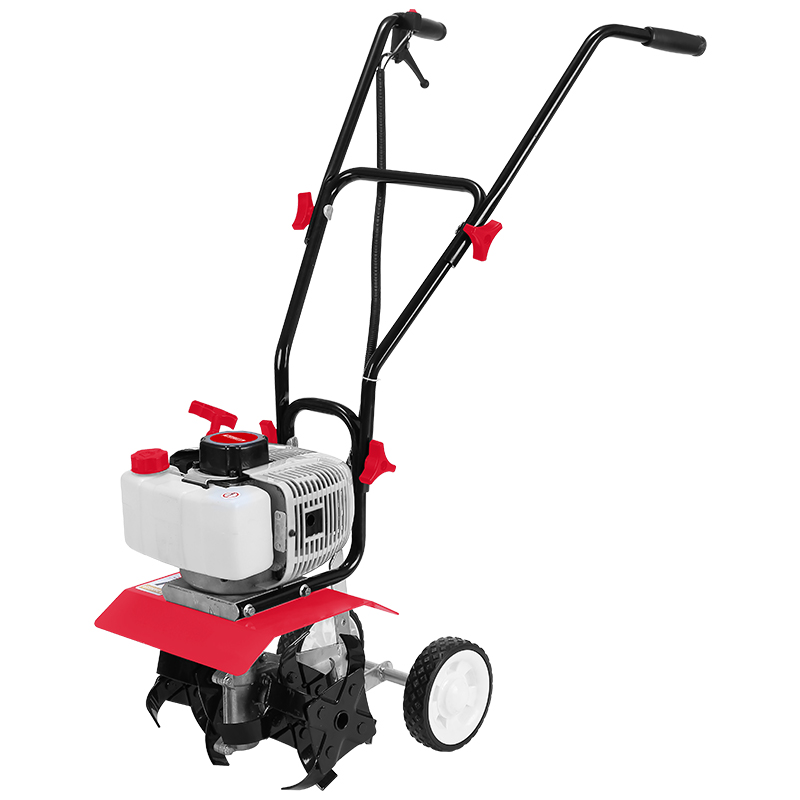 Tiller
Tiller
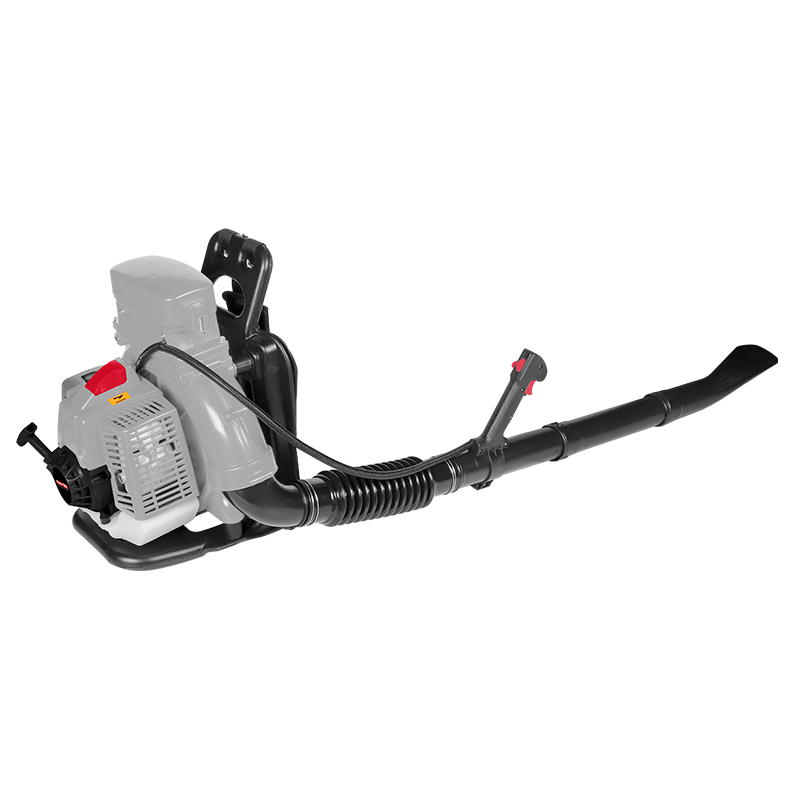 Blower
Blower
 4 Stroke Gasoline Engine
4 Stroke Gasoline Engine
 Generator
Generator
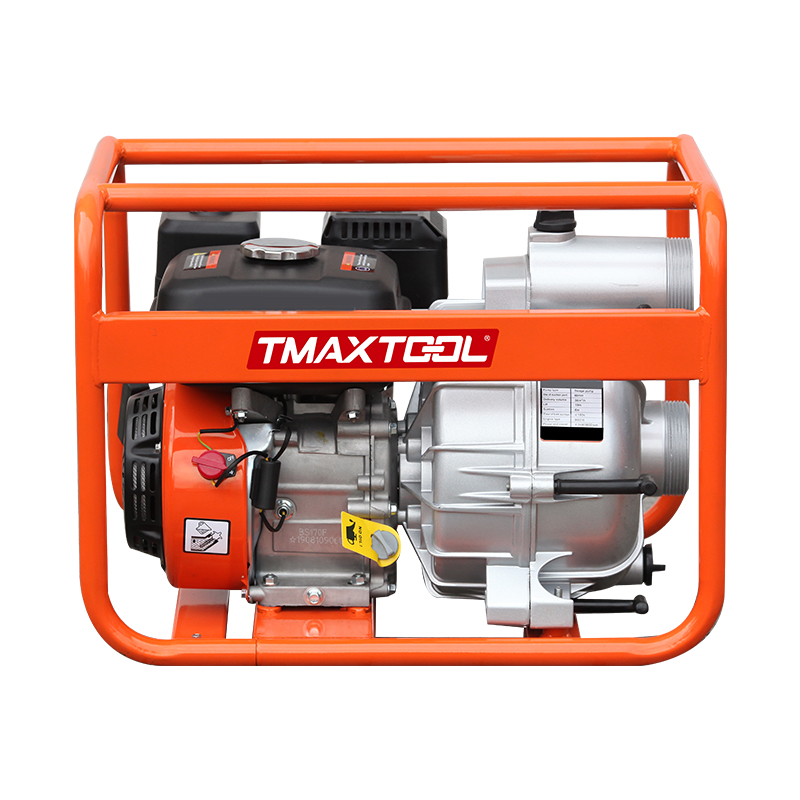 Water Pump
Water Pump
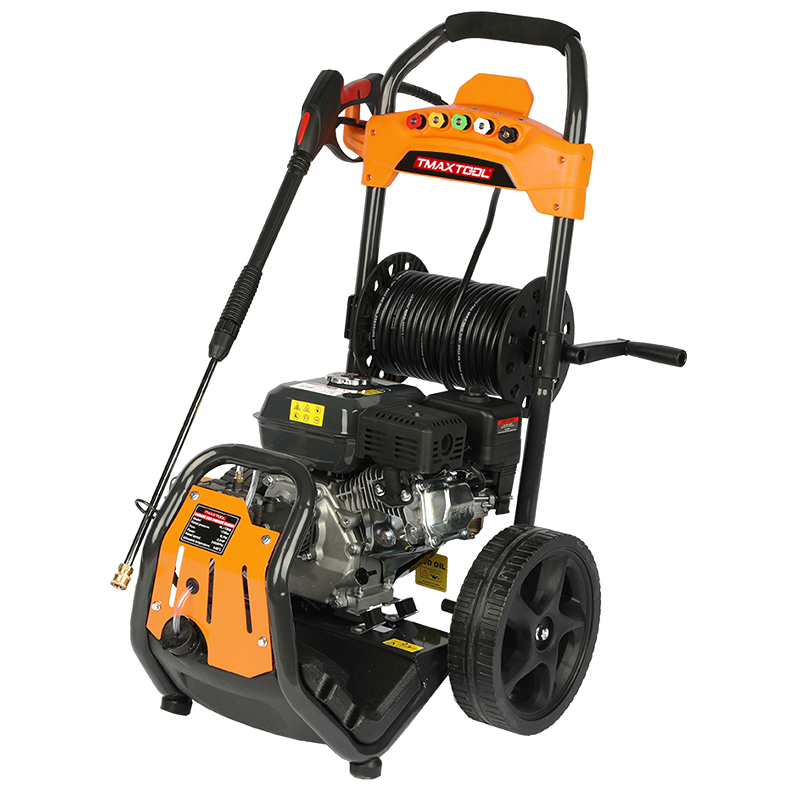 High Pressure Washer
High Pressure Washer
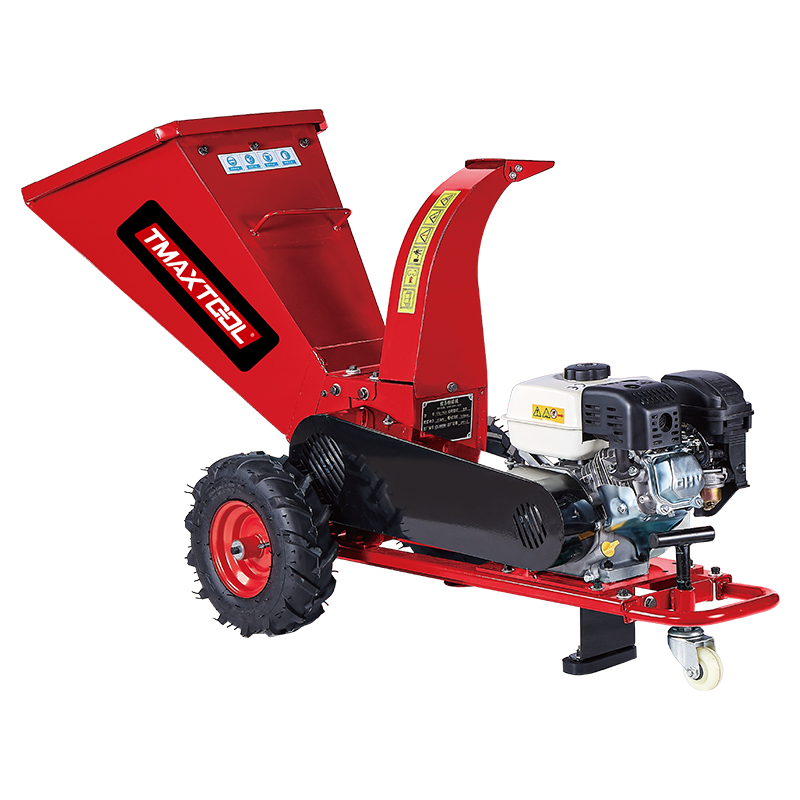 Wood Cutter
Wood Cutter
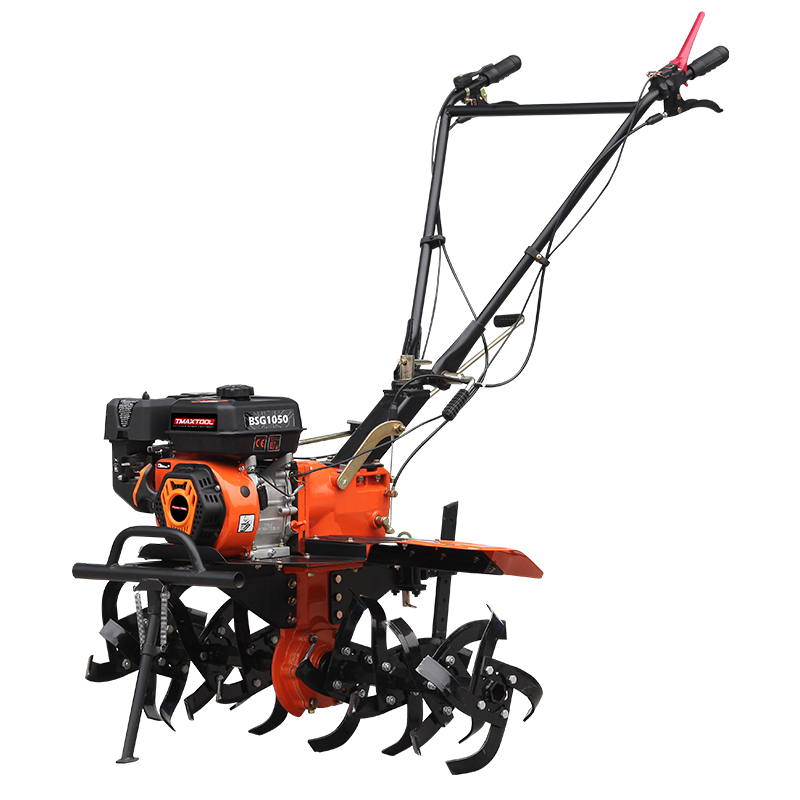 4 Stroke Tiller
4 Stroke Tiller
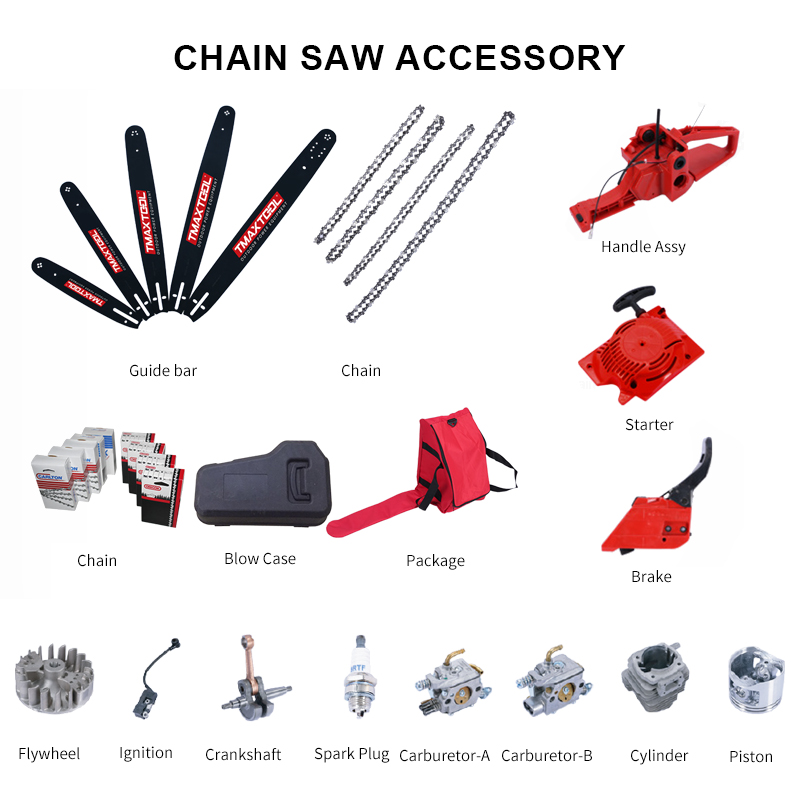 Chain Saw Accessory
Chain Saw Accessory
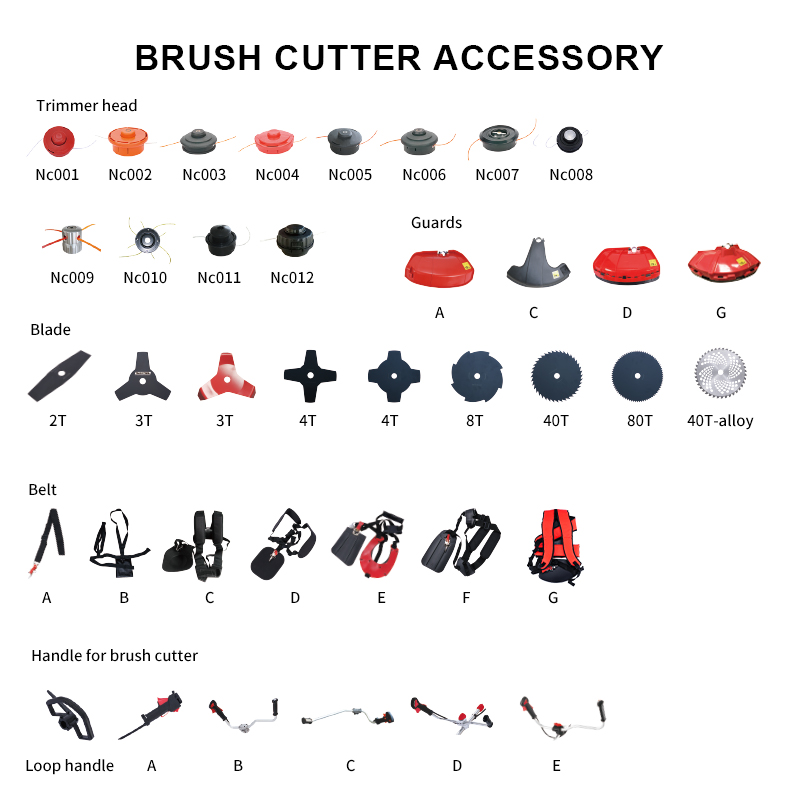 Brush Cutter Accessory
Brush Cutter Accessory
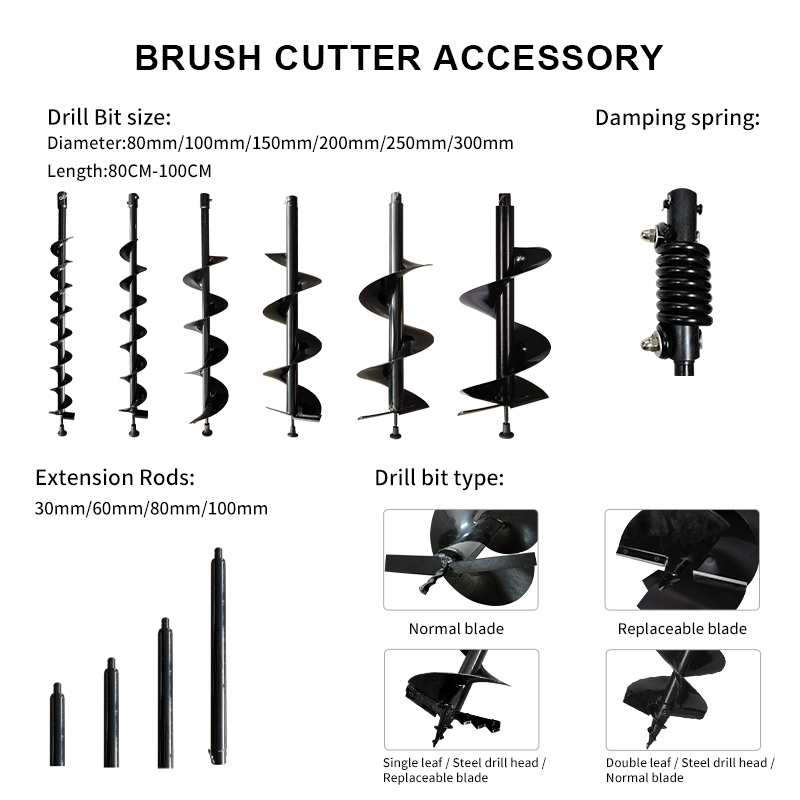 Earth Auger Accessory
Earth Auger Accessory
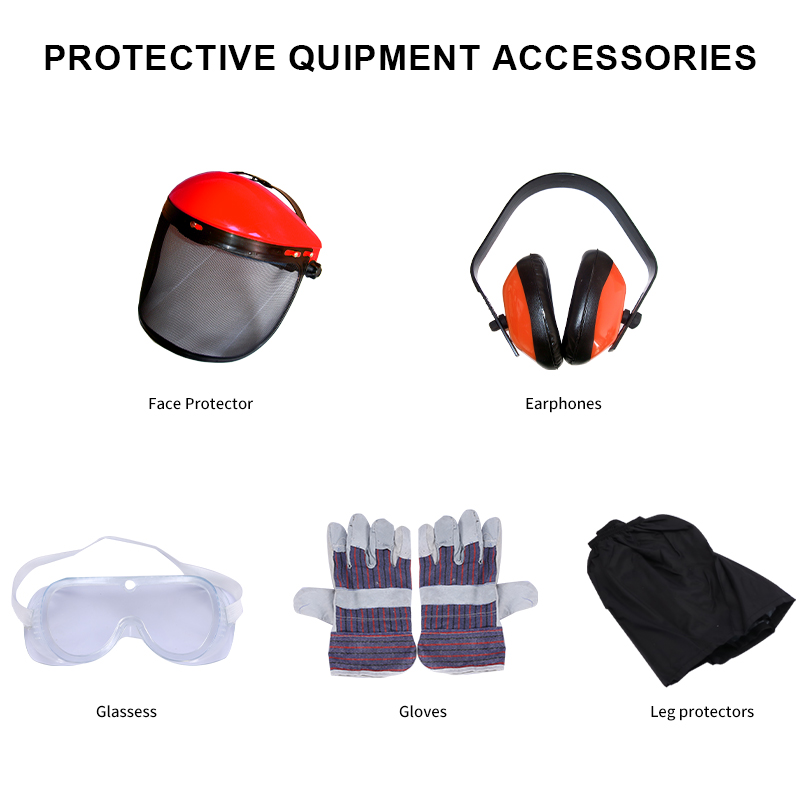 Protective Equipment Accessories
Protective Equipment Accessories




